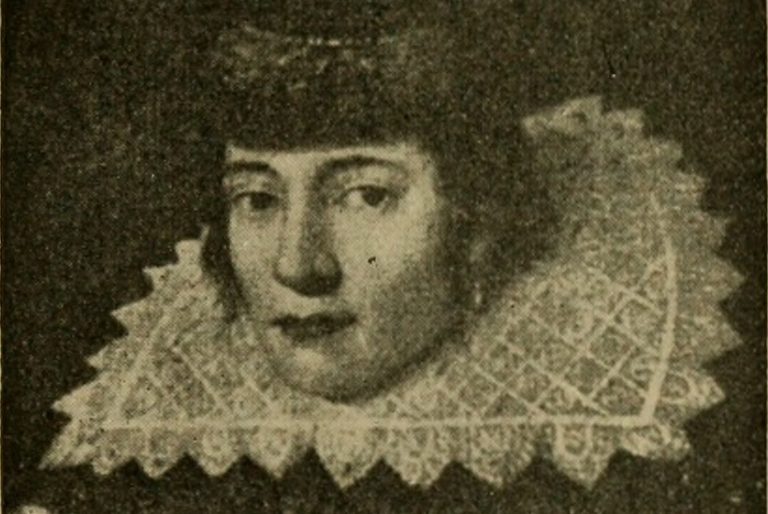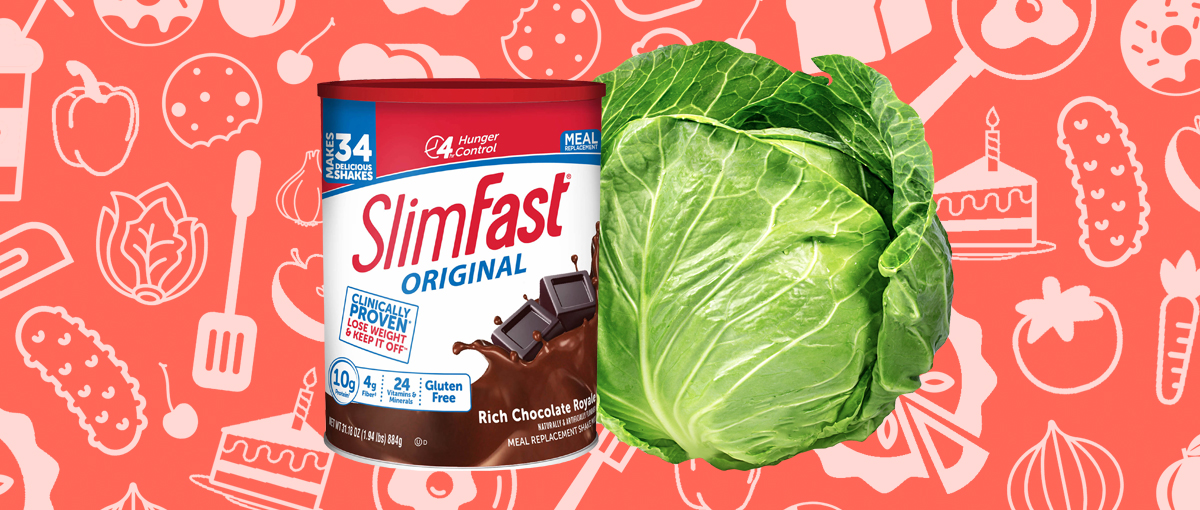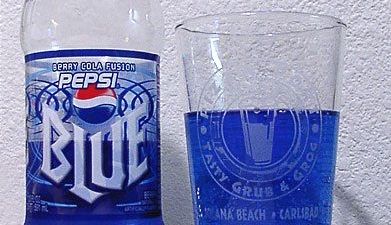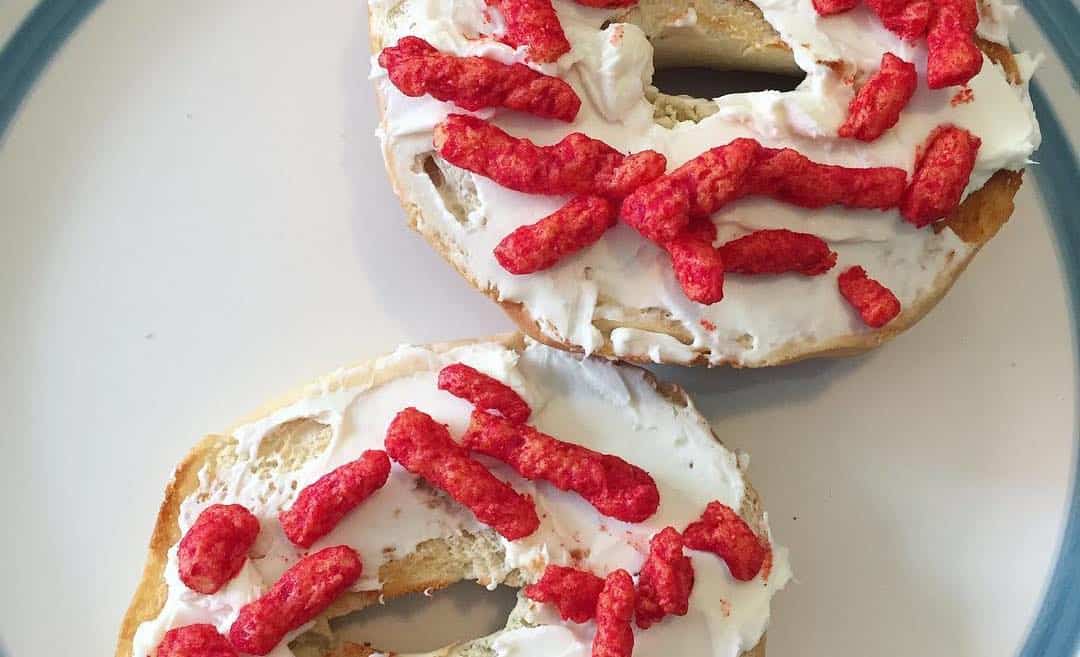When it comes to badass female characters, there’s no one quite like Disney’s Pocahontas. She’s known as a bold and brave young woman who inspired the heck out of us ‘90s kids. As for the real Pocahontas? She’s just as iconic, says the National Park Service. Pocahontas, who’s best known for saving John Smith, is one of the most famous women in American history.
But since we’re a bunch of food history geeks, you can be sure that learning about Pocahontas includes a deep dive into what Pocahontas ate.
Born in 1596, Pocahontas was the daughter of Wahunsenaca, the paramount chief of the Powhatan chiefdom. The Powhatans, who lived in what’s now known as the Virginia region, led extremely active lifestyles. Powhatan women, including Pocahontas, oversaw tasks like building houses, raising children, farming, cooking, collecting water, and gathering firewood. Meanwhile, Powhatan men handled tasks like making weapons, hunting animals, and fighting enemies.
While women and men had different responsibilities, all the work was considered important for Powhatan society.
As you can imagine, the Powhatan tribe needed an energy-dense diet to fuel their daily activities. And since Pocahontas was a member of this tribe, the best way to learn about what she consumed is to consider the standard Powhatan diet. Let’s take a look at what this legendary lady likely ate.
1. Squirrels
Last but not least, Pocahontas’s tribe ate small land animals like squirrels.
The Powhatans hunted for squirrels during the the early and mid-spring, a season they called “cattapeuk.” Their wooden bows featured a string made of twisted animal guts, while their arrows had a sharp stone or bone tip. Sometimes, the arrow tip would be made of bird beaks or deer antlers. And in addition to squirrels, the Powhatan tribe also ate raccoons, muskrats, and rabbits.
2. Bear
Pocahontas probably ate bear meat too.
The Powhatan tribe valued bear meat and venison more than the meat of other animals. According Encyclopedia Virginia, this is likely because it was so dangerous and difficult to hunt them, making it all the more valuable. As a result, bear meat and venison were often preserved by various smoking methods.
3. Pottage
Pottage, a thick stew or soup, was another staple of the Powhatan diet.
Anything was fair game with pottage. Much like the folks of the Middle Ages, the Powhatans added food scraps and entire animals to their pottage. For instance, after pounding oat flour, the tribe added the leftover hard pieces (grouts) to the pottage. The concoction also boiled throughout the day, so people could eat it from it whenever they were hungry. This allowed them to do other tasks, like gathering food, instead of spending time preparing individual meals.
4. Arrow Arum
Arrow arum is a freshwater marsh plant that grows all year round.
Encyclopedia Virginia shares that it’s related to Hawaiian taro. But since it can cause serious allergic reactions when consumed raw, the Powhatans had to slow-bake or sun-dry the plant before eating it. Come fall, arrow arum grows edible berries that were known as “ocoughtamnis.” The berries look like chickpeas after they’re boiled for several hours.
5. Root Plants
Like wild rice, starchy root plants fueled the Powhatan diet.
This included aquatic plants like yellow cow lily, also known as yellow pond lily, spatterdock, Brandy-bottle, and bullhead lily. According the USDA, the Native Americans prepared the starchy roots by boiling or roasting them. In addition, Pocahontas’s tribe also enjoyed hog peanuts, a plant that’s part of the pea family. Despite its name, the hog peanut plant isn’t a close relative of the peanut. However, the edible underground fruits can be eaten raw or boiled, just like a nut.
6. Deer
Deer meat, or venison, was especially important for lavish Powhatan feasts.
As the meat cooked, the fat was often strained or collected and used as a bread spread. The deer feet, also called deer suet, is found around the kidneys and loins. Additionally, some Powhatan families ate dried venison while traveling. Like other hunting duties, catching and killing deer was done by the Powhatan men and boys.
7. Shellfish
Shellfish like oysters, mussels, and clams were also a staple for Pocahontas’s tribe.
Only the strongest of Powhatan boys were able to dive for shellfish in the depths of Chesapeake Bay. (Oysters, for example, were found 25 feet deep!) Shellfish were usually boiled or roasted; the heat from cooking was used to open up the shells. The Powhatan people also used the shells of mussels and clams for jewelry, so nothing went to waste.
8. Wild Berries
While they were pros at farming, Pocahontas and her tribe likely picked and ate wild berries.
Usually, this took place during the spring season, when the berries were ripe and ready for picking. The berries were then eaten raw or added to stews. The Powhatans also ate bigger fruits like wild plums and persimmons. These fruits were either enjoyed raw or dried for later consumption, proving that they new the value of preservation.
9. Fish
Since the Powhatan people lived near rivers, they also ate a lot of fish.
The Powhatan men were in charge of fishing, which primarily took place in the spring. To attract fish, they created small fires on top of canoes. The bright light lured the fish toward the surface so the men could spear them. The fish was either roasted or added to a pot of stew that boiled during the entire day.
10. Corn
Corn, or maize, was a major food staple for Pocahontas’ tribe.
As farmers, the Powhatan people had 100-acre fields. They primarily grew corn, which was then used to make corn kernels or hominy. According to Encyclopedia Virginia, a resource created by Virginia Humanities and Library of Virginia, “hominy” means “crushed with instrument.” Hominy was made by soaking corn kernels overnight, crushing them with a tool, and simmering them for 10 to 12 hours. These days, hominy is a staple in Southern American cuisine.
11. Beans
The Powhatans grew beans in the same fields as corn.
They also had a super cool method of doing so. According to The Mariners’ Museum, the Powhatan women and children would plant four types of corn plus two types of beans in a single hole. The corn would grow into a sturdy stalk first. Then, the beans would grow and climb around the corn stalk. Talk about a brilliant use of space!
12. Squash
In addition to corn and beans, squash was another staple of Pocahontas’s tribe.
In fact, about half of the Powhatan diet consisted of corn, squash, and beans. These crops were known as the “three sisters,” says The Mariner Museum. The squash, which was planted in between corn, also controlled weeds by growing along the ground. The Powhatan people would either boil the squash or dry it for later use.
13. Bread
When it came to breadmaking, cornmeal was the ingredient of choice.
The Powhatans made dough by combining cornmeal and water. The dough was then formed into a flat cake and covered with leaves. Next, hot ashes were added on top of the leaves, which baked the cake. Talk about a smart use of resources! The dough could also be formed into balls and boiled as dumplings.
14. Nuts
Pocahontas’s tribe used every last part of nuts and acorns.
They ate them raw or boiled. If they used the latter method, the nuts would release oils that were collected and saved for medicine. Meanwhile, sweeter nuts like walnuts were dried and ground up. The ground nuts were mixed with water to make a nut milk, or “powcohiscora,” which reminds us of the nut milks many of us go crazy for these days.
15. Wild Rice
Since the Powhatans lead active lifestyles, they favored energy-dense foods like wild rice.
According to Encyclopedia Virginia, wild rice grows in freshwater Virginia streams. Pocahontas’s tribe harvested and dried the rice, which was then ground up into a flour. The rice flour was used to make baked goods like dumplings or ashcakes. Again, this is similar to what a lot of people eat today.








